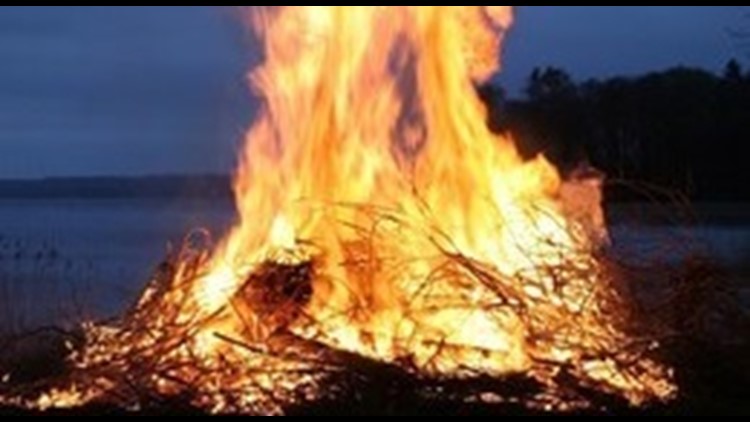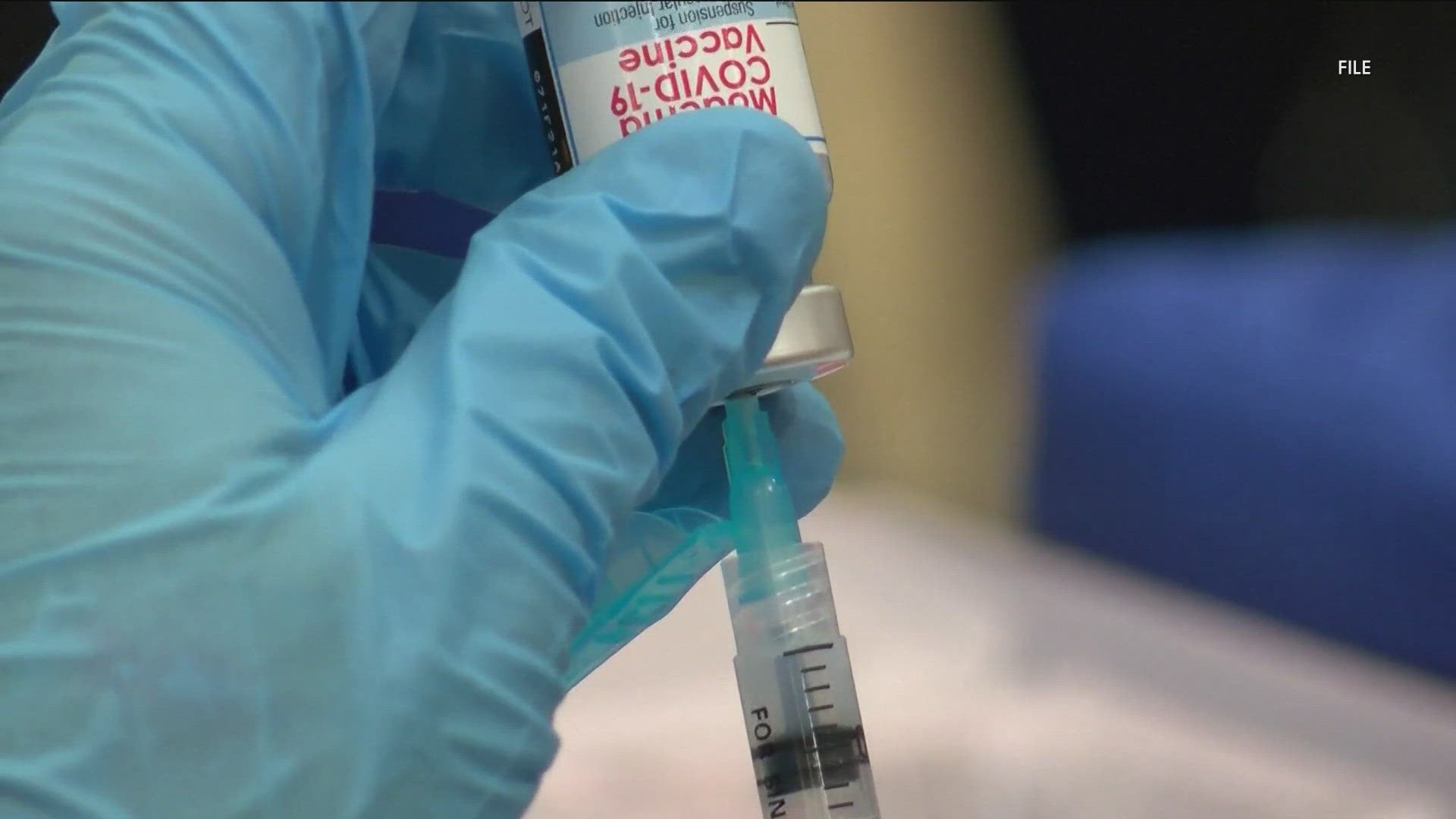ST PAUL, Minn. — Imposing some degree of burning restrictions in springtime is not unusual for the Minnesota Department of Natural Resources (DNR). Fire dangers increase in many parts of the state between snow melt and green-up.
But this year, the restrictions are even more important, as the resources of state, county and local emergency responders are already being taxed by COVID-19.
"With this year’s spring wildfire season coinciding with the COVID-19 pandemic and emergency response, the DNR and state agencies are working to reduce additional risks and stressors on an already taxed emergency response network," read a release distributed to the news media.
A map from the DNR website indicates restrictions by county and is updated daily. Burning permits will NOT be issued until the restrictions are lifted. Small recreational fires or campfires are still allowed if they are kept under control. Variance permits for agricultural field and construction site preparations will be considered on a case-by-case basis. Contact the nearest DNR Forestry Office if you are seeking a variance.
The DNR wants residents to know that:
- Burning restrictions limit the number of emergency responses, which keeps first responders focused on critical public services.
- Many wildland firefighters are also emergency responders for local fire departments, ambulances, and other emergency response activities.
- The DNR is putting these cautionary measures in place for the health and safety of all Minnesotans. Private landowners can do their part to support COVID-19 response efforts by following burning restrictions and being safe with fire.
Statistics indicate that humans cause 9 of 10 reported fires across Minnesota, and escaped debris burns are the number one cause of wildfires. Alternatives to burning yard waste include composting, chipping, or taking brush to a collection site.
For information on how to compost yard debris, check out the DNR’s guide to composting yard debris.
RELATED: Fire danger high despite wet Spring



